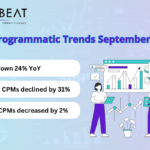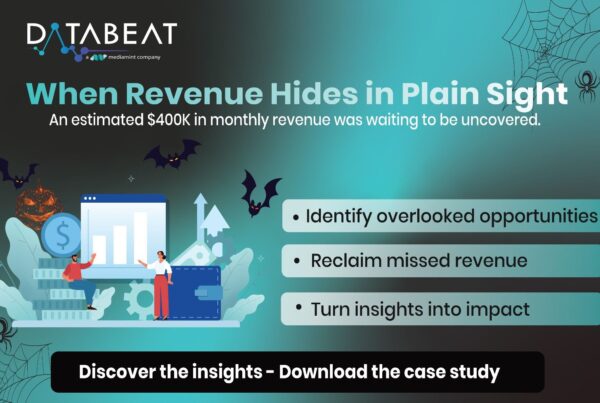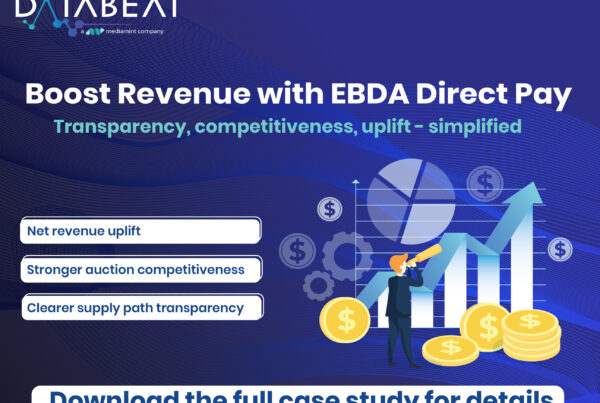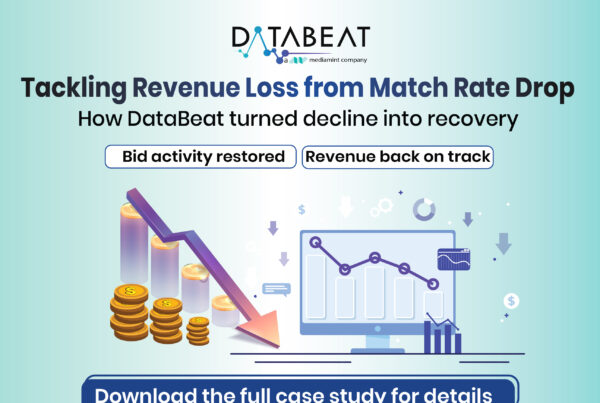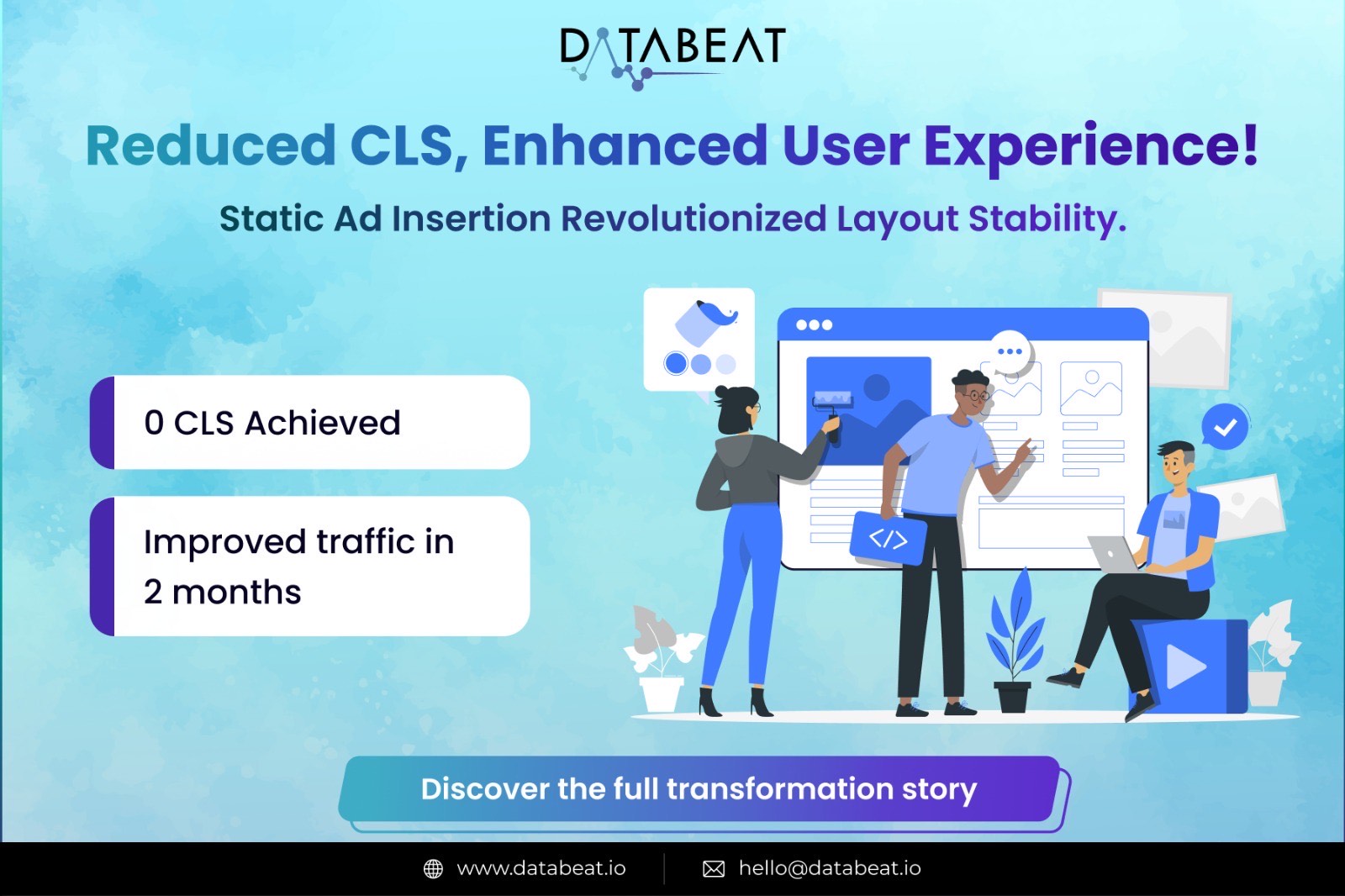
Introduction to Core Web Vitals
Core Web Vitals (CWVs) represent a set of essential metrics established by Google to quantify and enhance user experience on websites. These metrics focus on three critical dimensions: loading performance, interactivity, and visual stability, which are vital for maintaining user engagement and satisfaction.
Focus on Cumulative Layout Shift (CLS)
Among these metrics, Cumulative Layout Shift (CLS) is particularly significant as it directly impacts user experience by measuring visual stability. A high CLS score indicates that elements on a webpage shift unexpectedly while loading, which can lead to frustration and confusion for users. For instance, if a user attempts to click a button that suddenly moves due to loading content, it can result in misclicks and a negative experience.
Understanding CLS Scores
CLS scores range from 0 to 1
- A score of 0 signifies no layout shifts, representing optimal visual stability.
- A score of 0.1 or less is considered good, suggesting that users are unlikely to experience significant disruptions.
- Scores above 0.1 indicate increasing levels of instability, which can adversely affect user engagement and satisfaction.
Maintaining a low CLS score is crucial for enhancing user experience and improving search engine rankings, as Google integrates these metrics into its ranking algorithms. Websites that achieve favorable CWV scores are more likely to retain visitors and convert them into customers, thus underscoring the importance of optimizing for these metrics in today’s digital landscape.
DataBeat is a trusted partner for businesses seeking revenue-driven strategies and optimizations. Through our expertise in data analysis, market trends, and consumer behavior, we help businesses unlock their full revenue potential, drive growth, and stay ahead of the competition in today’s data-driven world.





